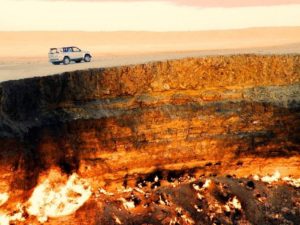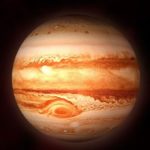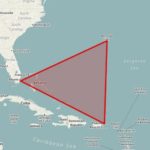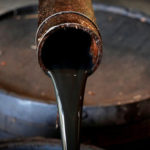Gas crater Darvaza
 There is a man-made cataclysm in Central Asia, in Turkmenistan — a huge gas crater. In 1971, geologists drilled a well near a Darvaza kishlak and stumbled across a cluster of underground gas.
There is a man-made cataclysm in Central Asia, in Turkmenistan — a huge gas crater. In 1971, geologists drilled a well near a Darvaza kishlak and stumbled across a cluster of underground gas.
The field was so powerful that gas under strong pressure began to emerge from a drilled well, creating a threat to everything around it. Nothing cleverer was invented except to burn it in the hope that it would burn in a few days. An arson attack caused an explosion and a huge crater was formed, where the drilling rig with all the equipment fell, but the gas continued to burn with even greater force. No one else, no what did not take. And since then, this giant torch with a diameter of 60 and a depth of 20 meters hums and burns in the desert.
The locals call him the “Gates of Hell” or “The Door to the Underworld”.
Not far away there are two more such craters, but no longer burning. At the bottom of one bubbled dirt is light gray.
Somehow, the President of Turkmenistan ordered to extinguish this crater so that there would be no threat to the renewed exploration of the gas field in these places. But how much gas was lost in these forty-plus years, how much oxygen was burned out in the atmosphere from this torch, and no one counted how much damage was done to the environment.
In another, some sort of green liquid. Locals do not recommend getting close.
Is it any wonder that in recent years there have been terrible cataclysms in many parts of the world? Where it floods entire cities, where tsunamis demolish entire islands, and somewhere powerful tornadoes devastate entire regions. Mother does not forgive such an attitude to herself.
Man and nature is the eternal struggle for survival, which does not always immediately reveal the winner. There are all sorts of facts that human intervention in the existing order on earth in order to get some benefit from this will eventually turn into irreversible catastrophes. The efforts of people to turn natural resources for their own benefit, sometimes turn into natural disasters.



























